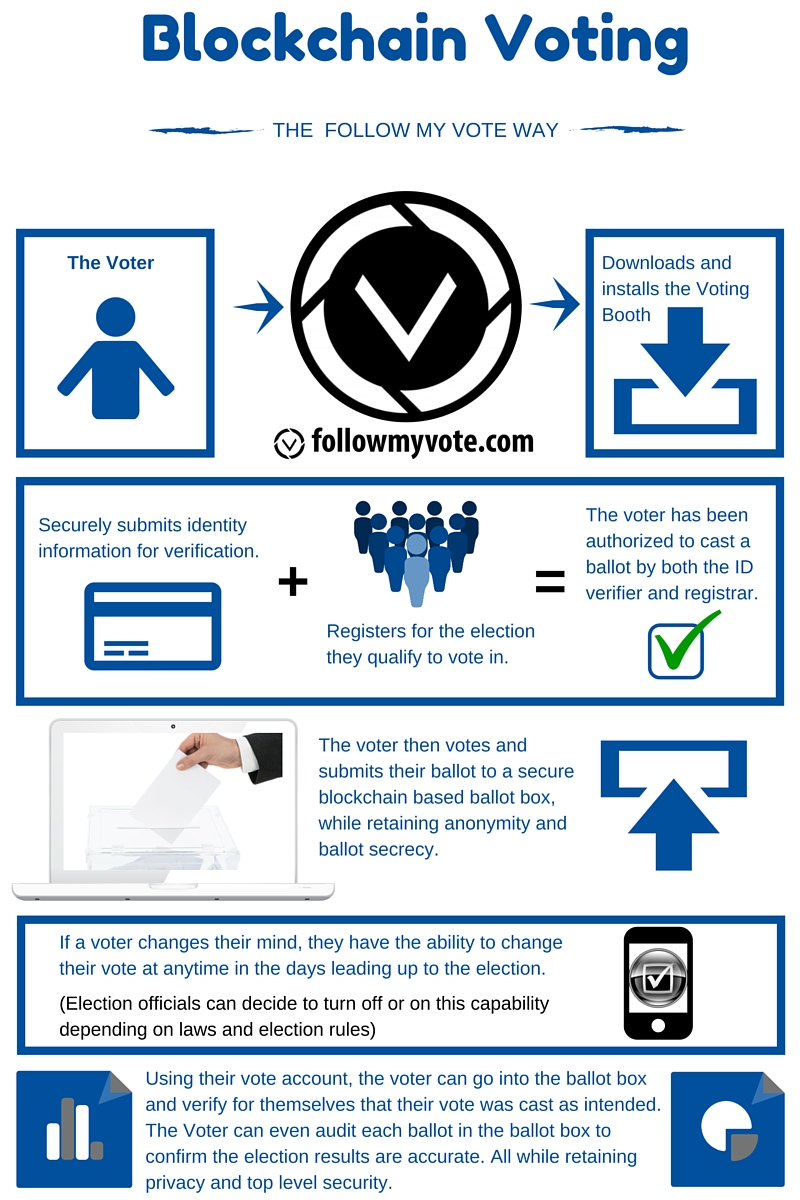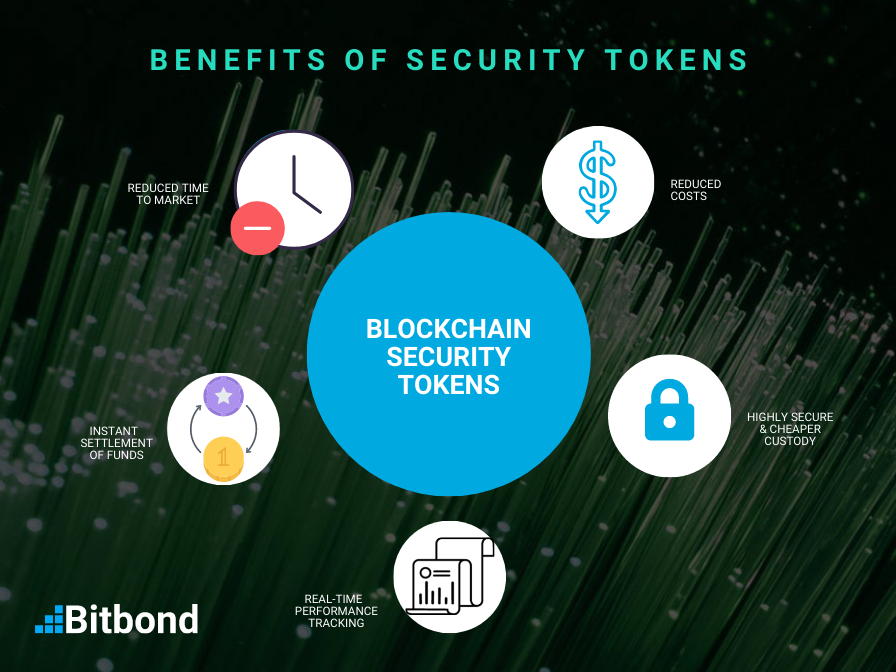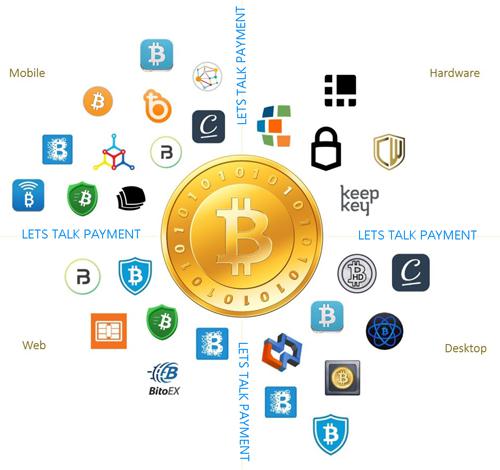
Interconnected Chains: Navigating Federated Blockchain Solutions
Federated blockchains, also known as federated or consortium blockchains, represent a collaborative approach to distributed ledger technology. In this article, we explore the fundamentals of federated blockchains, their characteristics, advantages, and applications in creating interconnected and secure blockchain ecosystems.
Understanding Federated Blockchains
Federated blockchains build upon the idea of collaboration but with a specific emphasis on interconnected chains. Unlike traditional blockchains, which are often standalone entities, federated blockchains consist of multiple independent chains linked together through a shared consensus protocol. This structure allows for a more modular and flexible blockchain network.
Characteristics of Federated Blockchains
The key characteristic of federated blockchains is the interconnected nature of multiple blockchain networks. Each participating entity maintains control over its own chain, defining its rules and permissions. However, these chains are connected through a federated consensus mechanism that enables them to share information and transactions seamlessly.
Advantages of Interconnected Chains
Interconnected chains in federated blockchains offer several advantages. One of the primary benefits is enhanced scalability. Since each entity operates its own chain, the overall network can handle a higher transaction volume collectively. This scalability makes federated blockchains suitable for applications requiring a large number of transactions across multiple entities.
Collaborative Consensus Mechanism
The consensus mechanism in federated blockchains is designed to facilitate collaboration among independent chains. Unlike traditional proof-of-work or proof-of-stake mechanisms, federated blockchains often utilize a federated consensus, where a selected group of nodes or entities collectively validate transactions. This collaborative approach ensures a more efficient and streamlined decision-making process.
Use Cases in Various Industries
Federated blockchains find applications across diverse industries. In supply chain management, for example, different entities along the supply chain can maintain their own chains, facilitating transparency and traceability. In the finance sector, federated blockchains enable secure and rapid interbank transactions, enhancing efficiency in cross-border payments and settlements.
Ensuring Security in Federation
Security remains a top priority in federated blockchains. The interconnected nature of chains requires robust security measures to protect against potential vulnerabilities. Implementing strong cryptographic techniques, secure data sharing protocols, and continuous monitoring are essential components of ensuring the overall security of a federated blockchain network.
Flexibility and Modularity
Federated blockchains offer flexibility and modularity to participating entities. Each organization or participant can customize its own chain according to its specific needs and requirements. This modular approach allows for easy integration of new functionalities or upgrades without affecting the entire network, contributing to the adaptability of federated blockchains.
Challenges and Considerations
While federated blockchains present numerous advantages, they come with challenges. Establishing and maintaining a federated consensus requires effective governance structures and clear communication among participating entities. Additionally, addressing interoperability challenges and ensuring compliance with regulations are vital considerations in the implementation of federated blockchains.
Future Outlook and Evolution
The evolution of federated blockchains is ongoing, with ongoing research and development aimed at addressing current challenges and enhancing the capabilities of interconnected chains. The future may witness advancements in consensus mechanisms, increased standardization, and the development of industry-specific federated blockchain frameworks.
Explore Federated Blockchains at www.itcertswin.com
For a comprehensive exploration of federated blockchains, their interconnected nature, and applications, visit www.itcertswin.com. Discover resources, stay updated on blockchain trends, and gain insights into the evolving landscape of interconnected blockchain ecosystems.
In conclusion, federated blockchains offer a collaborative and interconnected approach to distributed ledger technology. As industries seek scalable, secure, and flexible solutions, federated blockchains provide a promising framework for creating interconnected chains that cater to the diverse needs of participating entities.






































